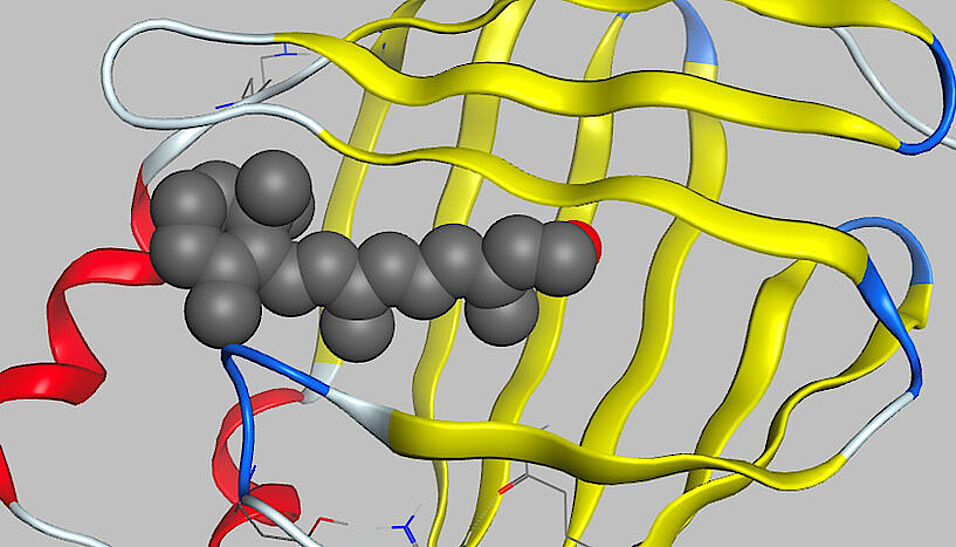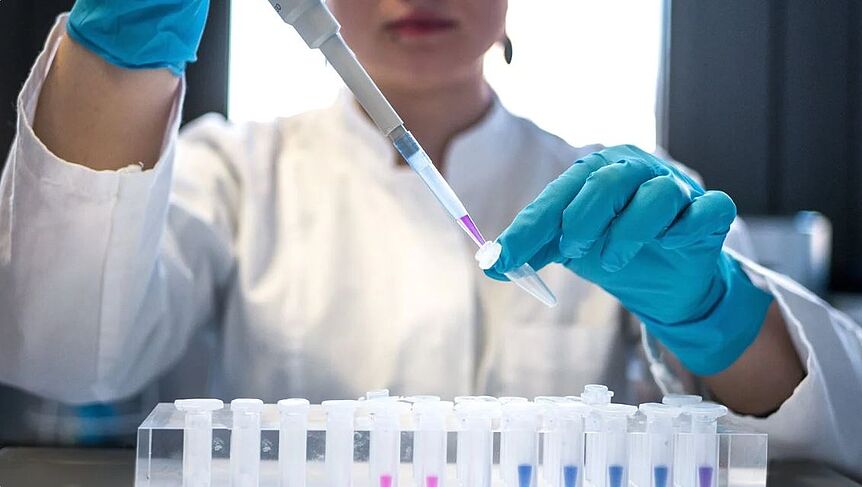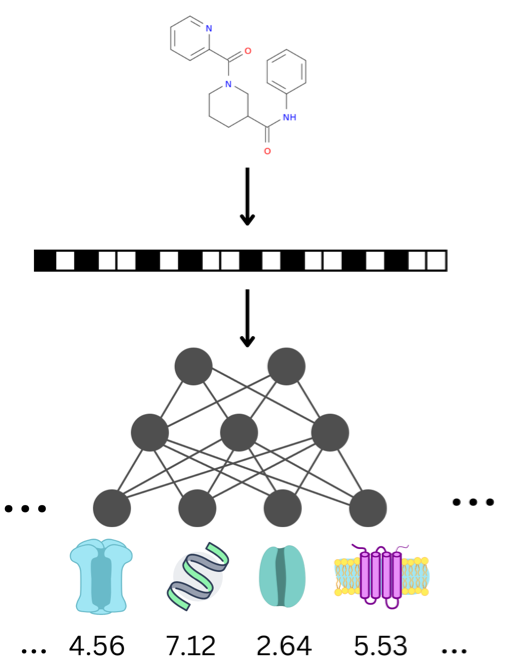Every semester, the University of Vienna asks a question on a topic that currently affects society. The semester question in the winter semester 2020/21 is:
Which active substances have a future?
First, a short guide through the jungle of terms: An active substances is an active agent that causes a certain reaction in an organism - with the aim of influencing a disease. In scientific language, the term "drug" is used for this. In order for such a substance to develop the desired effect, it needs a target molecule in the body to which it can dock. The English technical term for this target is "Target" or "Drug Target".
"Most of the targets are proteins - for example enzymes, receptors or transporters," explains Gerhard Ecker, Dean of the Faculty of Life Sciences. To explain how these targets work, the image of a key and lock is often used in teaching. In this scheme, the target molecule is the lock, the active substance the key. "The better and more precisely the key fits into the lock, the higher the activity at the molecular level," says Ecker, who heads the Pharmacoinformatics Research Group at the University of Vienna.
Conversely, this means: the less precise keys fit into molecular locks (as master keys do in the real world), the more potential damage they can cause - keyword side effects. The goal of modern drug development is therefore to find active substances as precisely as possible for those target molecules that are causally responsible for a disease or that can alleviate the symptoms of the disease.
How does an active substance work?
But how do drugs affect targets? As a rule, the active substance molecules attach to the target molecules and prevent them from functioning. In this way, processes such as the uncontrolled, excessive division of cells are switched off - this is the basic mechanism of action of anti-tumor drugs. Another example: if the influx of ions into nerve cells is prevented, the transmission of excitation can be prevented. Local anesthetics at the dentist or drugs against cardiac arrhythmias are based on this principle.
In some cases, the target is also activated by the active substance- for example in the case of the so-called triptans, which activate serotonin receptors in the brain to narrow the blood vessels and thus alleviate a migraine attack.
From the disease to the drug
The path from the disease to the approved drug is long and complex, as Gerhard Ecker explains: "In between there are at least ten years, several billion euros and tens of thousands of substances that are tested."
At the beginning there is a clinical picture that either cannot yet be treated with medication or cannot be treated well enough. "The first, very difficult step is to find the target - the 'lock' - in the body," says Ecker. Interdisciplinary teams, for example from molecular pharmacology, biology and pharmacy, usually embark on this search. Sometimes large-scale genetic studies also reveal mutations that cause diseases.
Once the target has been found, the search for possible active substances begins. On the one hand, this can be done using broad test methods: pharmaceutical companies can test hundreds of thousands or even millions of substances that they store in so-called substance libraries to find out which of them bind to the target. In addition, computer-aided processes are usually used, as are also being developed at the University of Vienna: If there is already a 3D model of the target molecule, the researchers can restrict in advance which substances are potentially possible and only these actually testing.
"From hit to lead"
Once the first "hits" have been found, the detailed work continues. Gerhard Ecker: "In this phase, substances are synthesized, the chemists experiment with the basic structure of the substances and try out various modifications. "The motto of this development phase is" from hit to lead ": In the end, some substances should be found that go into multi-parameter optimization." An active substance is always a compromise - based on factors such as effectiveness, duration of effect, side effects etc.", explains Gerhard Ecker.
Particularly promising compounds are tested in initial animal experiments in order to obtain initial data on the toxicity of the substance. Only after these extensive preclinical tests does an active substance go into the three phases of the clinical studies: testing with a few healthy subjects, testing with a few sick subjects, testing with many sick subjects. In the end, a drug is approved by the competent authority - in the EU this is the EMA (European Medicines Agency). (bw)
Loosely translated. Original article in German by Barbara Wohlsein (uni:view), published on October 7th, 2020.




